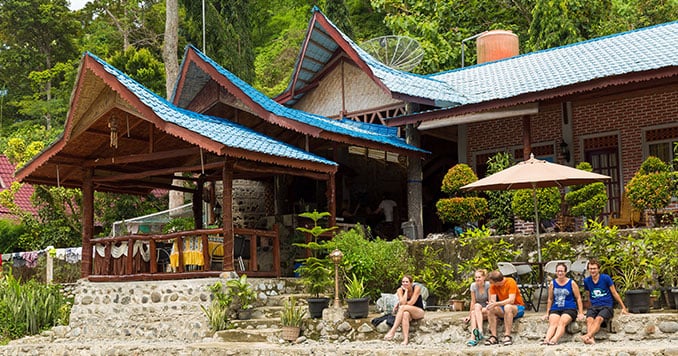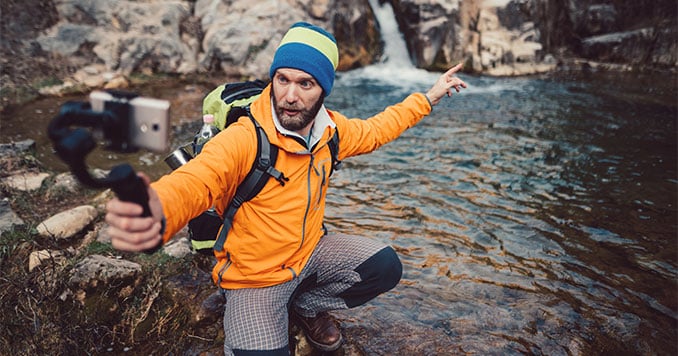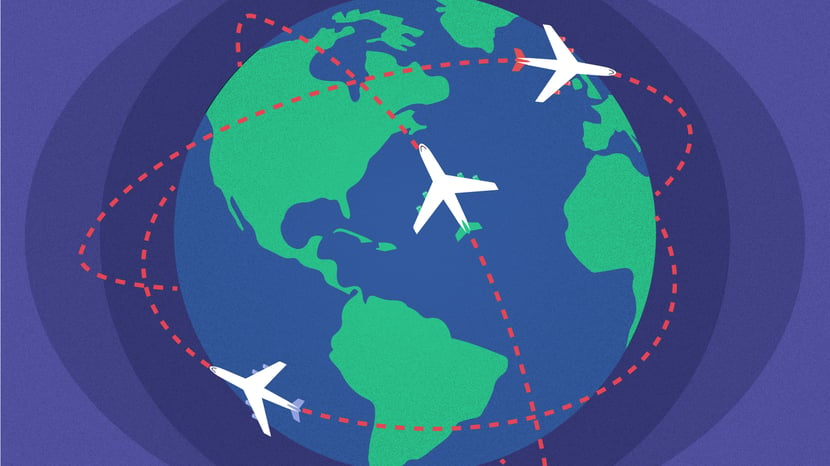Tourism, at its very core, is about connecting the world. Nothing about the travel industry exists in a vacuum, which means that it’s particularly susceptible to trends and cultural shifts. That’s right: tourism trends are impacted not just by the cost of flights and hotels but by technology, media, politics, health, economics and beyond. But while it’s almost impossible to know what the future holds, by looking back at some of the greatest influences on tourism in the past 10 years, industry pros may just find some inspiration to continue to anticipate trends and adapt comfortably to the unexpected.
See also:
-
Millennial and Gen Z travel trends shaping the future of hospitality
-
Hotel trends 2023: Five factors that will shape the hospitality industry this year
-
A look at how hotel guest demographics are shifting — and what millennials want
As the tourism industry finds its footing again after a tumultuous past few years, it’s a great time to reflect. Here are the 10 greatest influences on tourism and travel trends (for both business tourism and recreational travel) in the past decade.
1. Booking engines

Online travel booking platforms first popped up in the mid-1990s, but over the past 10 years or so, booking flights and hotels on the web has become the norm. Today, it’s a $433 billion USD industry, and one that’s toppled traditional travel agencies in the process.
For tourism vendors, this democratization of trip planning has led to more competitive pricing, more personalization and more upselling to travelers, which, for better or worse, has shaped the market.
2. Travel apps

“Today, we see that travel apps play an integral role in every stage of planning a trip, a trend that shows no signs of slowing down,” reports Outlook India.
Whether a tourist is using Airbnb or the Booking.com app to pick their accommodations, working their way through an unfamiliar city with Google Maps, sourcing the best place to eat from a digital Lonely Planet guide, translating a menu with AI language tools or scooping up a cheap inter-Europe flight last-minute with Hopper, the proliferation of the smartphone has given tourists the power to explore even the most remote destination with confidence and ease like never before.
3. Widespread access to wifi and data

Speaking of technology and smartphones: these powerful digital travel tools wouldn’t be half as useful without the incredible network of WiFi and cellular connections that now stretch around the globe.
Being able to use our phones (to communicate, to wayfind, to store our hotel reservations) practically anywhere has opened up a world of possibility and connection.
Bucket-list destinations that might have once been off the beaten path — not to mention off the grid — and intimidating to solo or nervous travelers now feel safer and more accessible, and keeping in touch with loved ones from home (or new friends made on the road!) is easier than ever.
4. Social media

While taking photos on vacation is nothing new, the ability to widely share a gorgeous snapshot has been a gamechanger for the tourism industry. Social-media influencers have a lot of clout, and the right photo shared by the right person can have the power to shape economies.
As of February 2023, the hashtag #travel has been used over 497 million times (and counting) on Instagram, and 48% of travelers report that they choose their destinations based on what they see on the photo-sharing platform.
TikTok has begun to catch up; the hashtag #travel has over 94 billion views, while #tiktoktravel has over 32.7 billion views, and travel and tourism brands are using the platform as a marketing tool.
The tourism board of Wanaka, New Zealand, is one organization that’s tapped into this travel trend, by hosting influencers for trips and encouraging them to post about their experience to their profiles or travel blogs. The resulting 14% increase in tourism overall following the experiment is living proof of the power of Instagram and TikTok stars to inspire travel decisions.
5. Rapid globalization

The free flow of information, increased global mobility and open borders have removed many of the travel obstacles of the past. As boundaries between nations blur online and as countries build deeper political and trade relationships, the world feels more open than ever before.
Of course, with the recent COVID-19 pandemic, that sense of freedom has certainly been tamped down, but the overall impact of globalization on the tourism industry this past decade can’t be denied.
6. Climate change

The climate emergency is impacting our lives at home, but it also is having an effect on where we can (or will be able to) go in the coming years. Not only is climate change increasing temperatures — in some places, to deadly high levels — but it’s responsible for natural disasters that can put visitors and residents in danger in the short term, or damage infrastructure in the long term.
Climate concerns, though, may also offer an opportunity for those in the tourism business, as more and more travelers seek out eco-friendly travel experiences.
Companies that have been reducing their footprint or offering the opportunity to enjoy luxury sustainably can make a difference to the planet, while still encouraging tourists to come visit.
7. Shifting generational wealth

As generational wealth transfers from baby boomers and Gen X to millennials and Gen Z, a whole new population now has the means to pursue upscale travel. These generational cohorts have grown up prioritizing experiences over things, and have proven themselves to be passionate travelers (statistics say that Millennials travel more than any other generation in history, on the road for 35 days a year, compared to 27 days a year for their boomer parents).
Now, as they’re coming into financial maturity, they’re even more willing to spend a little to live it up.
8. Disease, health and safety concerns

COVID-19 is far from over — the WHO announced on January 30 of this year that it still considers the pandemic a global health emergency — but many countries around the world have relaxed their travel restrictions and started welcoming visitors again. That said, it’s likely that the way we travel will never be quite the same.
At the height of the pandemic, quarantining and proof of a clean bill of health became an essential part of the travel experience, and some form of those health precautions may continue in the future to give travelers peace of mind.
For an overview of how the pandemic continues to impact the industry, visit the online dashboard of the UN World Tourism Organization, which is updated monthly with data on international tourist arrivals and other relevant data.
9. Political unrest and visa access

Even if the climate is cooperating, even if global disease has been kept at bay, the travel and hospitality industries can live or die by the political climate.
When civil unrest is brewing (as it was in Hong Kong back in 2019 and in Brazil this past January), tourism absolutely takes a hit, as visitors fear getting caught in crossfire or turmoil when they venture to a destination far from home.
There may not be much the tourism sector can do about political classes or geopolitical instability, but these sorts of outside forces do have an unshakable impact on tour companies and other travel businesses in the affected countries and beyond.
10. Digital nomads

The increasing prevalence of remote work has brought a new kind of working tourist out into the world. A “digital nomad” may be globetrotting for months at a time, while still working for a company based back home.
As long-term travelers with money to spend, they are a unique variety of customer, and one the tourism industry has been encountering (and looking to accommodate) more and more often.
Challenges give rise to new opportunities
These 10 factors have impacted travel trends immensely over the past decade, and will likely continue to shape the travel industry for the next decade — and for years beyond. (And we haven't even touched on the rise of the sharing economy or the emergence of mobile boarding passes and digital concierge services.) But as the COVID-19 pandemic taught the world, in this industry, there’s always a surprising new challenge or learning opportunity right around the corner.









